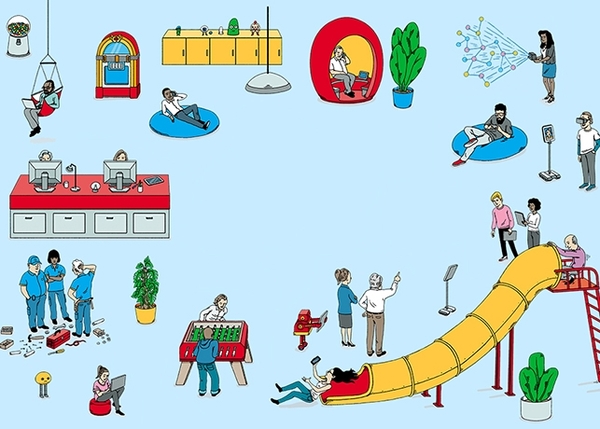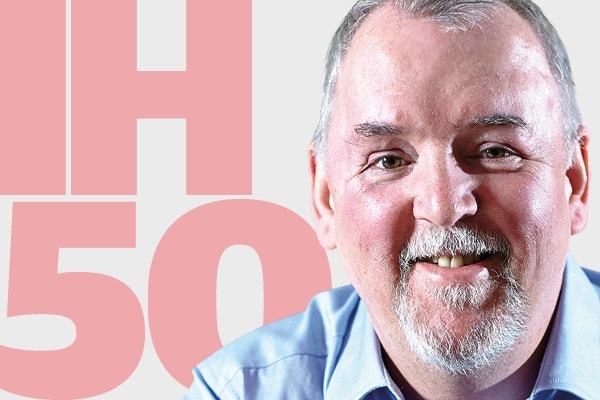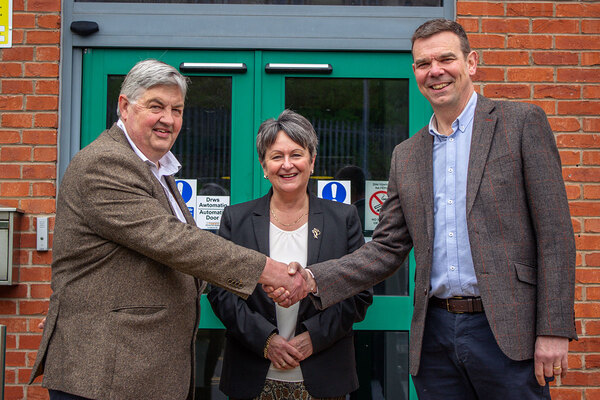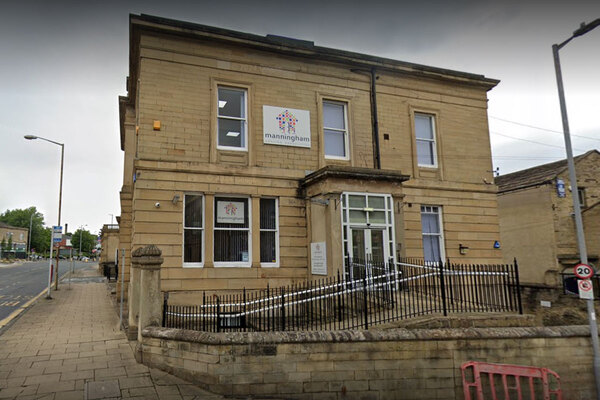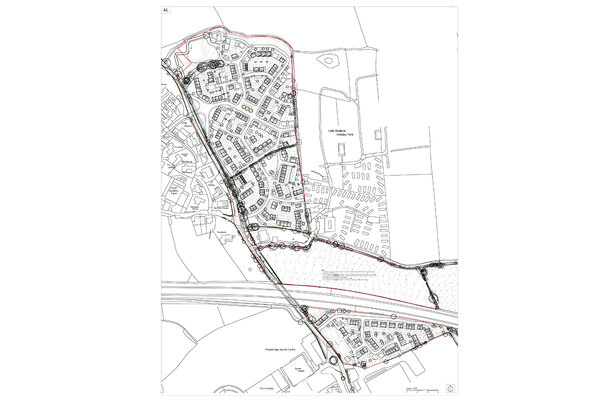You are viewing 1 of your 1 free articles
Moving away from traditional office workplace thinking
Bromford has no specific start or finishing times and encourages working from home. Philippa Jones explains more.
We and our customers are living in a fast-changing world where technology shapes almost every aspect of our daily lives.
Housing associations and local authorities are responding to this with huge investment in digital transformation programmes and moves to mobile and agile working for colleagues.
And every transformation consultant will repeat the mantra that you can only make this a success by bringing your people with you on that journey – the systems are the easy bit. Many of us are moving away from traditional office thinking and embracing new ways of working with the view that “work is what you do, not a place you go to”.
That may mean dispersed smaller work bases, collaborative shared working areas and encouraging more people to work from home or other places in the community.
At Bromford we’ve been doing some of this for years but our shift to our neighbourhood coaching approach and current radical review of the purpose of offices means we’re having to think very differently about what it means to “go to work”.
“Work is what you do, not a place you go to.”
The role profile for our new neighbourhood coaches reads: “You will need to work flexibly with no specific starting/ending times, whatever it takes to get the job done, fitting around the customers’ availability.”
Colleagues are loving this flexibility and autonomy – but it raises lots of questions for the whole organisation. One of these is what it means for leaders.
How do we avoid enthusiastic and committed colleagues working crazy hours and burning out?
How do support services need to change to respond to the needs of flexible field-based teams? And crucially, if colleagues are rarely physically together in their teams, how do we protect the positive culture and sense of belonging that we believe has been key to our success in the past?
I think the biggest challenge here is working out which parts of that previously successful culture we need to protect for our future, and then being prepared to let go of some of the rest. Once that is clear, we can start to develop a leadership model for this very different working environment and prepare our leaders to deliver it.
Leaders now need very different skills from those I was taught.
We can no longer rely on knowing what our people are doing by being alongside them.
We have to lead through trust – setting clear outcomes and holding people to account for delivering them, rather than telling them what to do and watching them do it. Offering coaching and support, rather than instructions.
With no fixed retirement age, today’s leaders need to be able to work with six or seven generations within a single workplace – from a 16-year-old apprentice to a 75-year-old stalwart. Communication skills are so much more varied and leaders need to be able to communicate through mobile apps, video streaming services, webinars and social media.
The traditional expectation that everyone has a single full-time job is starting to change, so leaders have to be able to work with people on a multi-tenure basis; colleagues may be part-time, temporary, agency, working a number of jobs or self-employed.
We’re asking our leaders to shift from managing inputs, to coaching and accountability for outcomes, so we can harness the creativity of our people to maximise their own productivity. Operating in a regulated environment where we must be transparent and accountable for decisions adds even more challenge to making this work but our sector will have to find ways to meet the expectations of the future workforce if we are to continue attracting the brightest talent.
“There’s plenty of learning available from companies who’ve been working like this for years.”
There’s plenty of learning available from companies who’ve been working like this for years. Online shoe and clothing shop Zappos is often cited for its unique model of leadership called Holacracy, based on self-managing teams.
Closer to home, shoe repair firm Timpson devolves huge power to its tiny local branches – even setting its own pricing strategies. Yet, despite its highly dispersed operating model, Timpson as a brand still has a strong organisational culture and feels like a family-run business whichever shop you step into.
At a recent Placeshapers event in Leeds I was on a panel with Mary Godfrey of Betty’s, the renowned teashop business beloved of Chartered Institute of Housing conference goers in its Harrogate days.
You’d think Betty’s would be the epitome of tradition – but Ms Godfrey is one of five directors who share the role of “collaborative CEO”.
The company doesn’t believe in the ‘hero leader’ model and so doesn’t have a single chief executive.
So changing our approach to leadership doesn’t mean losing our culture but it does need us to be really clear about just which bits of it we must protect.
Philippa Jones, chief executive, Bromford

